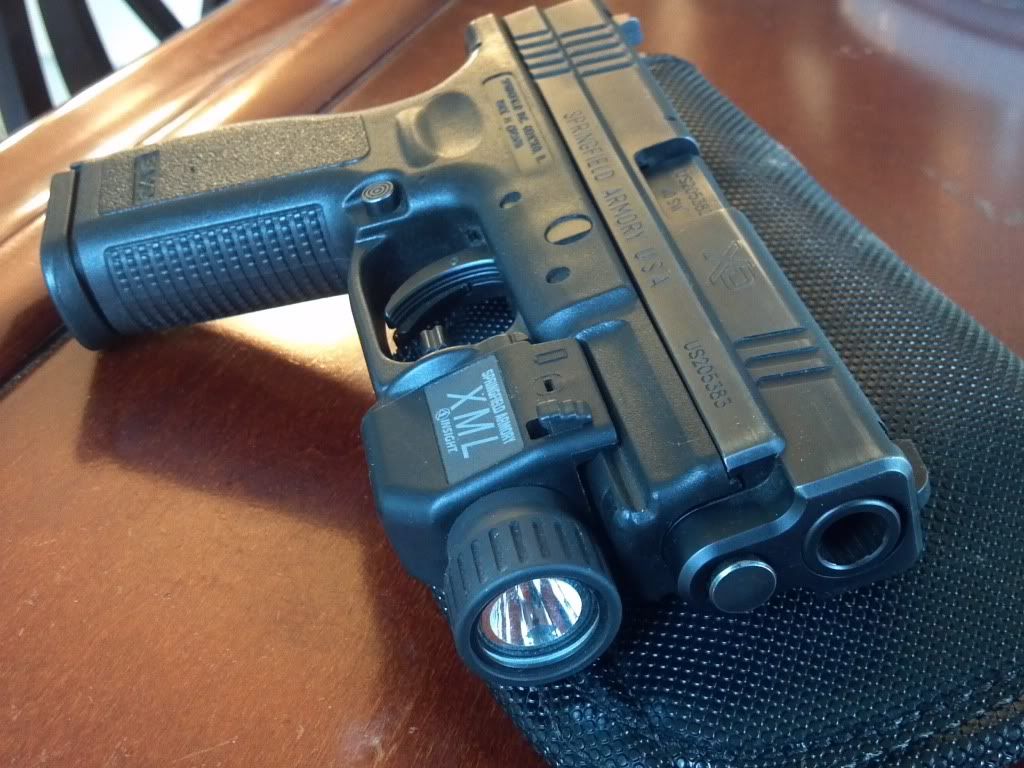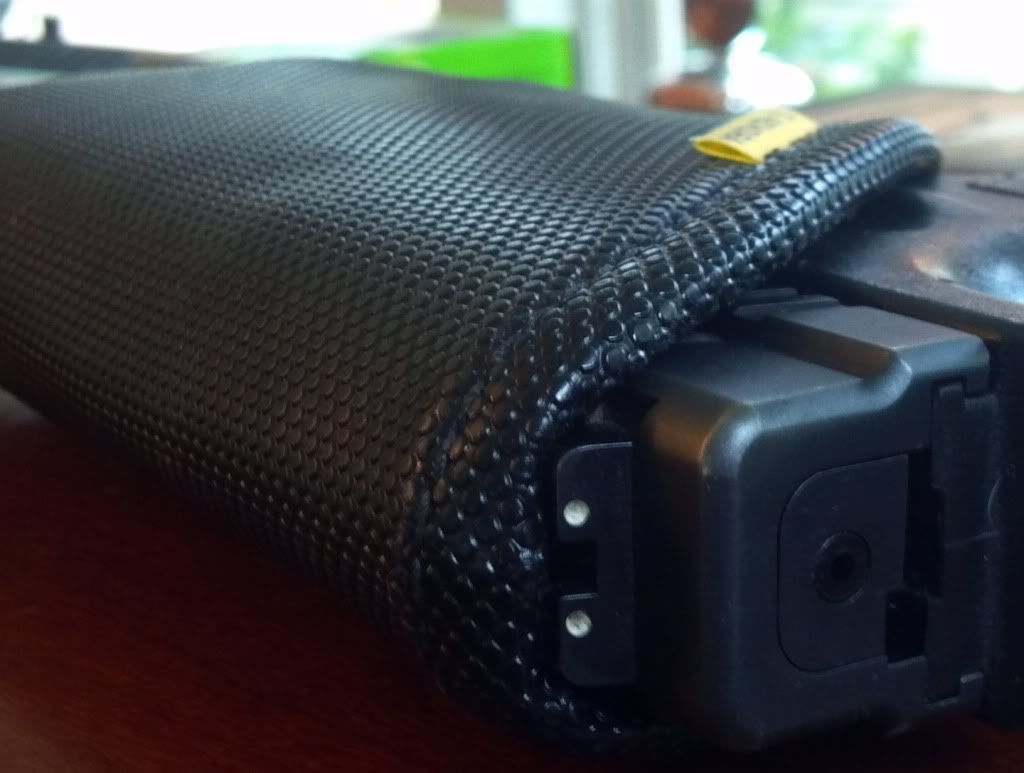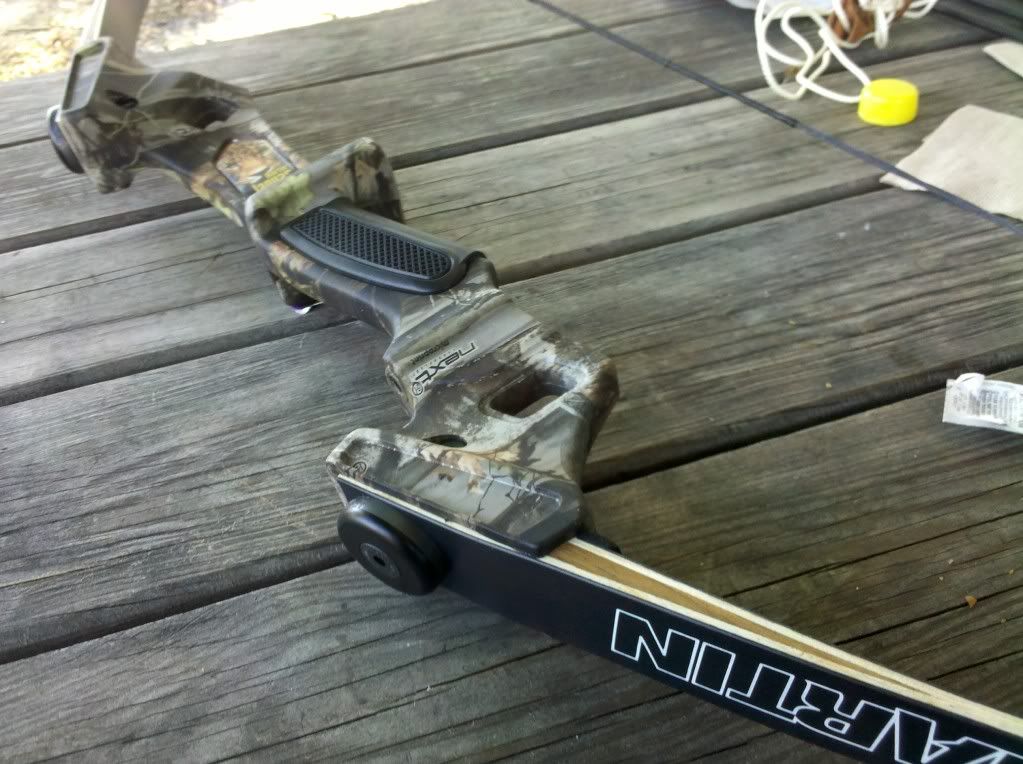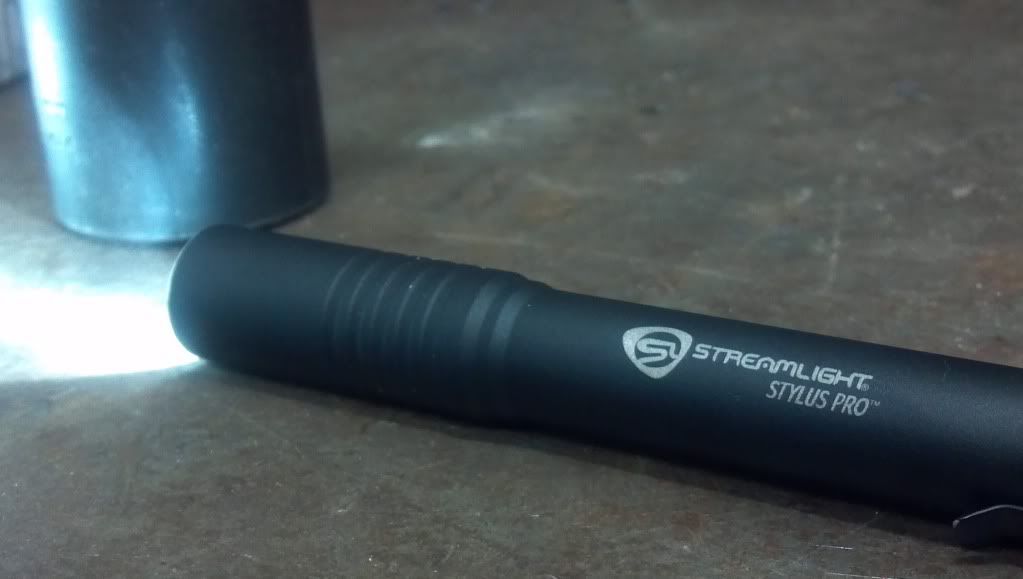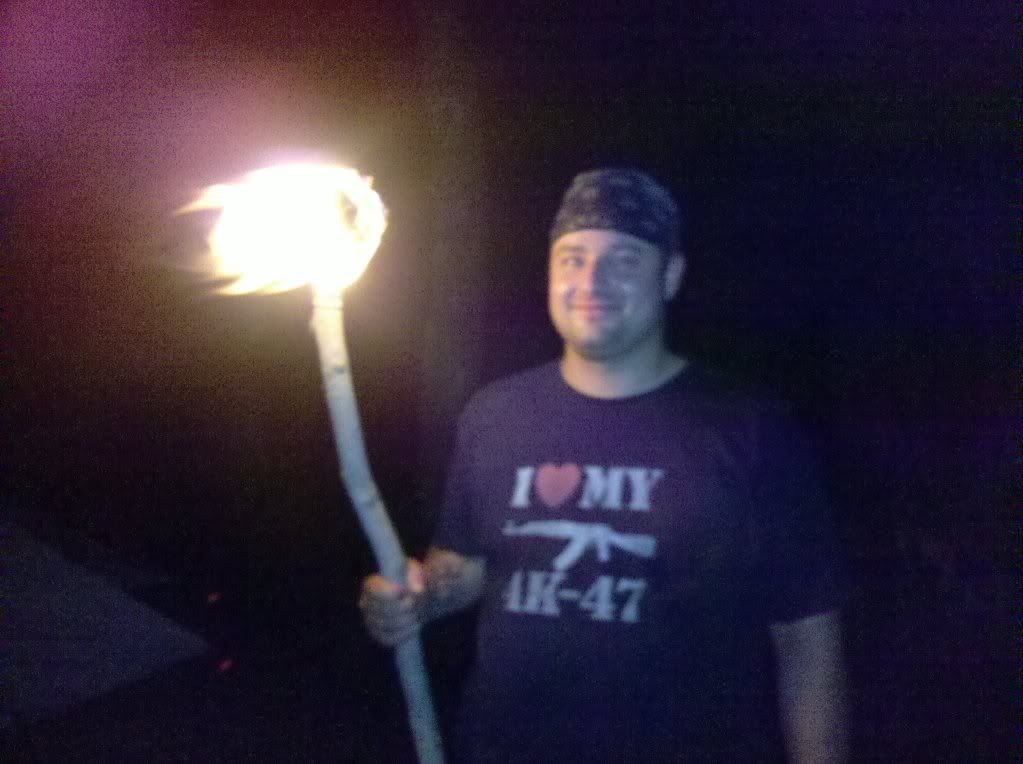
Wanted to do a quick review of my new pistol, the Springfield
Operator. This pistol is one that I've wanted for quite awhile, but
never could afford. It's part of Springfield's loaded series of 1911
pistols. This one in particular was co-designed by Springfield Armory
and the US Marine corps. The idea behind this weapon is to take all the
aspects of a highly accurate competition 1911 pistol and apply them a
rugged, all steel 1911. The result is quite impressive, I never knew I
could shoot this well.
A little background on the 1911. It was designed by John Browning and
adopted by the US military in 1911. Being that it is still in use
today, it is the longest running firearm used by any military in
history. (Shotguns possibly being the exception to that, but that's more
of a class than a model) The 1911 platform is widely agreed upon by
most shooters as the greatest handgun ever made. With a manual safety
and a grip safety it was also a very safe gun to carry. With the harder
hitting .45 caliber round it was an obvious choice for military use.
Even today we are seeing a move away from the 9mm cartridge by many
military entities. Opting now for more specialty cartridges including
.40 caliber, and using old standbys like the .45 caliber.
There are literally thousands of choices when it comes to a 1911
purchase. My reasoning behind this purchase was mostly due to reputation
and brand loyalty. It also helps that this model comes Olive Drab. One
thing that I knew I really wanted was an integrated accessory rail. This
is not all that common in the 1911 world, but is starting gain some
momentum. The ability to attach a light and laser is a great thing to
have. The added weight of the frame also helps with recoil and muzzle
rise, lending to faster follow up shots. Weighing in at 42 oz. it is a
very heavy gun, but I kinda like that about it. They do have the
lightweight operator, with an aluminum frame, which is much lighter at 32 oz. If the full steel frame is too heavy for you it would be a good
option.

Some other standard features on this gun are Trijicon® night sights
and a match trigger. Along with a Pacmayer® rubberized wraparound grip,
and ambidextrous safety. The gun also comes with two magazines, a paddle
holster, double mag holder, and a cleaning rod. Surprisingly the
holster is great, I like it almost more than the DeSantis® leather one I
purchased. When I purchased my Springfield XD a few years ago, the
holster it came with was not so good. This one I will definitely get use
out of. Just the two magazines is a plus, generally they only come with
one. I guess for the price it should be expected, but they include two
even with the lower end models.
Shooting this gun is by far the best time I've ever had shooting a
pistol. The added weight makes the recoil completely manageable, and
speed shooting is cake. This is a gun that even a novice shooter could
stack bullets with. The large grip may make it tough for some, but with
average to larger hands it's quite comfortable to shoot. The only
downside I have noticed is that 7 rounds in the magazine goes quick. You
really need to practice reloads.
Being a New Yorker we have to deal with a ten round maximum in any
magazine manufactured after 1994. So the seven round magazines arent
that much less capacity, but I do prefer ten rounds whenever possible.
It wouldn't seem like that three rounds would make much of a difference,
but it does take some getting used to. Luckily when you order a loaded
series 1911 from Springfield, they offer you a one time accessory order
at cost. Which means ten round clips for 18 bucks each, nearly half
price. The downside to these is they stick out quite a bit, not great
for concealment. So they sit in my bag ready for a reload.
Its now been about a month since I picked up this pistol, and about
five trips to the range. With about 500 rounds downrange it has
performed flawlessly, with one exception. The malfunction I kept having
was an inability to unload the weapon with a round chambered, very
scary situation. After a ton of trial and error, it turns out ammo was
the culprit. Hornady TAP +P specifically. It was actually too tall for
my gun, causing the bullet to lodge in the barrel. I have never seen
this happen before, the gun is rated for +P ammo, and the ammo is in
spec, they just don't work. It all has to do with head spacing in the
barrel. .45 automatics with closer tolerances will not accept this
particular ammo, but it works fine in all the polymer pistols we tried
at the gun shop. I am now running Hornady critical defense .45 auto in
165 grain.
Overall I am incredibly happy with this pistol, if you have the means
I highly recommend you pick one up. If not, a more affordable option
can be found in the range officer model from Springfield. All the real
world benefits without all the bells and whistles.












